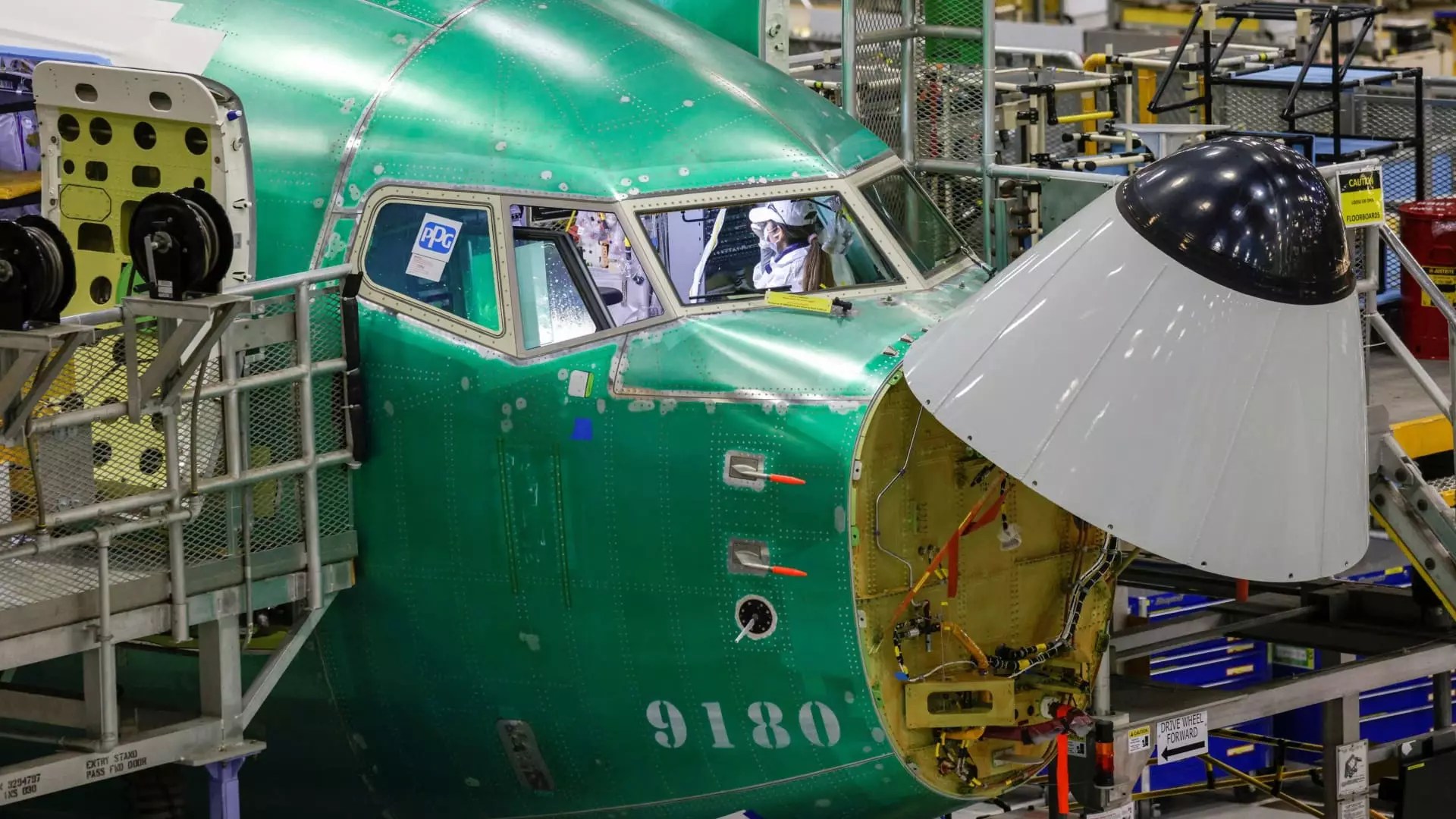The conclusion of Boeing’s machinist strike, which lasted for more than seven weeks, marks a significant turning point for the manufacturing giant. Over 32,000 workers are anticipated to return to their posts by Tuesday, but the road to resuming full operations is fraught with challenges. Boeing has acknowledged that it will take weeks to reinstate full production capacity, following the impact of the strike that halted the manufacturing of numerous aircraft models. The workers’ decision to reject an initial proposal—with only a 25% pay increase—demonstrates their collective bargaining strength, ultimately resulting in a robust 38% pay raise over four years.
The strike had a notable impact on Boeing’s financial performance. In October, the company delivered a mere 14 jetliners, the lowest number since November 2020, during a particularly turbulent period marked by the pandemic and the grounding of the 737 Max following two catastrophic crashes. This illustrates the severe disruption in aircraft output, with most deliveries consisting of 737 Max jets. Although workers not involved in the strike managed the delivery of these planes, the low delivery count serves as a stark reminder of the challenges Boeing faces in scaling production back up to pre-strike levels.
As the machinists resume their duties, Boeing must navigate several potential hurdles. The company needs to conduct comprehensive assessments of workplace conditions to identify any potential hazards. Furthermore, a re-evaluation of machinists’ responsibilities and safety protocols is necessary to ensure compliance with current standards. The CEO of Boeing, Kelly Ortberg, emphasized the complexity of reigniting production during a recent quarterly call, highlighting that “it’s much harder to turn this on than it is to turn it off.” This sentiment underscores the importance of methodical planning as production ramps up in key states such as Washington and Oregon.
Interestingly, production for the Boeing 787 Dreamliner continued relatively unscathed during the strike, as this aircraft is produced in a nonunion facility in South Carolina. This raises questions about labor practices and production strategies within Boeing. The resilience of the Dreamliner line during a tumultuous time could signal shifts in how Boeing approaches unionized versus non-unionized manufacturing sectors in the future. Despite the hiatus in production, Boeing continued to achieve sales during October, suggesting that demand for their aircraft remains strong. With 63 gross orders, including significant deals for the 737 Max, the market response may indicate a rebounding confidence in Boeing’s ability to fulfill orders moving forward.
As Boeing’s workers return, the company faces a delicate balancing act of reinstating its workforce while addressing safety and production concerns. The recent contract negotiations and their outcomes have set a precedent in labor relations, but the true test lies in Boeing’s ability to navigate the challenges ahead. A slow but steady resurgence in production and innovation will be essential for Boeing to regain its footing in the competitive aerospace market.


Leave a Reply